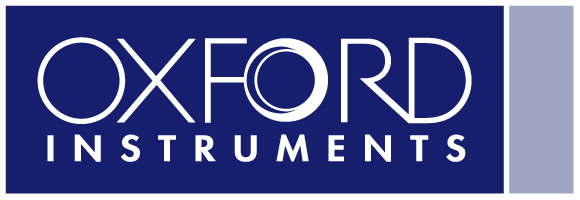This tutorial addresses the two main challenges for analytical correlative microscopy research, which are
1. acquiring data from the same region on a sample using different types of microscopes
2. correlating the data once collected.
Finding the same region on a sample that has been moved between microscopes, especially when the image scale, information, and sample orientation are significantly different, can be time consuming and a crucial aspect of correlative data analysis. How you prepare the sample and the sequence in which you apply different microscopy techniques to collect your data is also important as obtaining data on one type of microscope may interfere with data collection on another.
Once you have collected data, correlating the result is another challenge, particularly when using imaging techniques that measure specimen properties. For example, topographical height information embedded in an AFM image, or x-ray counts per pixel embedded in EDS maps. This type of analytical data is not catered for with simple qualitative image comparisons. Extracting quantitative information adds an additional, and important, dimension for correlative analysis, taking it one step further in obtaining constructive information about your sample.
This tutorial outlines methods for developing correlative workflows across a variety of different samples types, from life science specimens to materials such as semi-conductors and duplex steel. We also demonstrate how Relate can be used to analyse correlative data and the type of information you can obtain about your samples.
This tutorial will provide:
- A presentation of common challenges and solutions for developing a correlative workflow on a variety of sample types
- Methods for finding the same region of interest on your sample using different types of microscope
- A demonstration of data correlation and the qualitative and quantitative display and export of analytical data
Watch on demand


